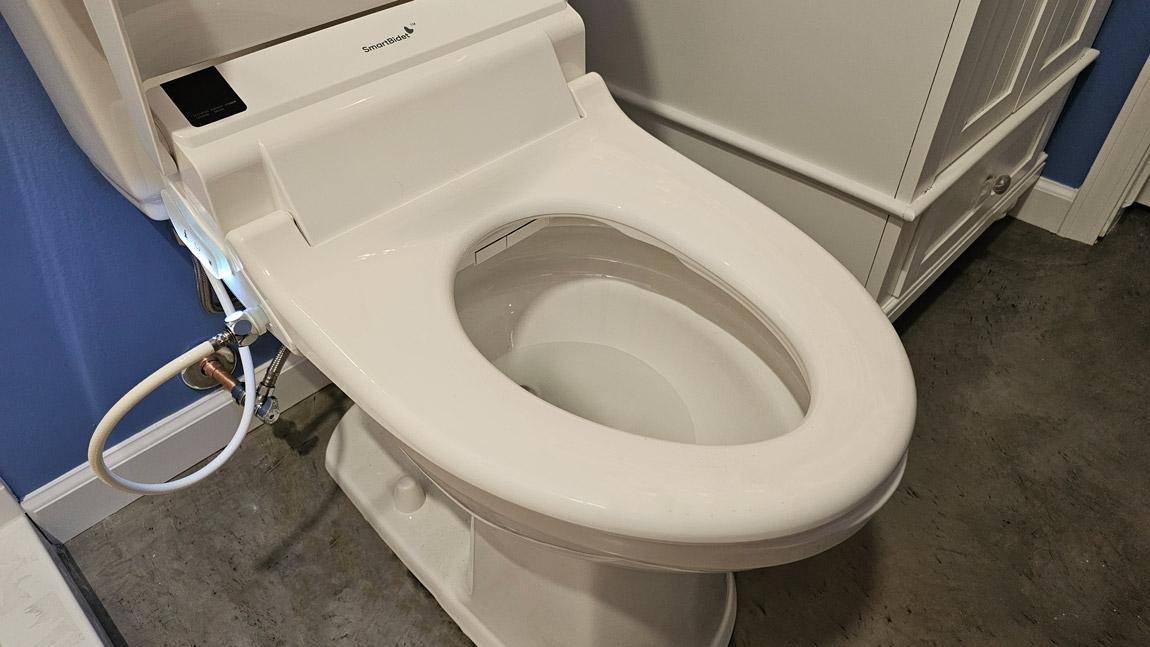In recent years, the installation of bidets has surged in popularity, offering enhanced hygiene and comfort. For those in the industry, the bidet water line installation is a crucial aspect that demands precision and understanding. This guide provides a comprehensive look at the process, ensuring your installation is smooth and efficient.
:max_bytes(150000):strip_icc():format(webp)/spr-bidet-attachments-test-bemis-biobidet-bb-1000-supreme-donna-freydkin-01-abaa6934a08a41d1aa2c4612086c0be8.jpg)
Understanding the Basics of Bidet Water Line Installation
The initial step in a successful bidet water line installation is understanding the plumbing system involved. Unlike traditional toilets, bidets require a separate water line. This line ensures a continuous and reliable water flow, vital for the bidet's operation. As an industry professional, recognizing the intricacies of the plumbing setup is key to avoiding potential pitfalls.
Preparation: What You Need Before Installation
Preparation is paramount. Before embarking on the installation, ensure you have the necessary tools and components. This includes a T-valve, wrenches, and the bidet unit itself. Familiarize yourself with the bathroom's layout, noting where the existing water lines are located. This preparation will streamline the process, minimizing disruptions.
Tools and Materials Required
For the bidet water line installation, you'll need:
- T-valve: This is essential for diverting water to the bidet.
- Adjustable wrench: For tightening and securing fittings.
- Plumber's tape: To ensure a watertight seal on connections.
- Flexible hose: Connects the T-valve to the bidet.
Having these tools at hand will aid in a swift and effective installation process.
Step-by-Step Guide to Installing the Bidet Water Line
Once prepared, the installation can commence. The steps below outline the process:
Step 1: Shut Off the Water Supply
Begin by turning off the water supply to the toilet. This prevents leaks and ensures a safe working environment. Locate the shut-off valve, typically found behind the toilet, and turn it clockwise to stop the water flow.
Step 2: Install the T-Valve
With the water supply off, disconnect the existing water line from the toilet tank. Attach the T-valve to this connection, ensuring a snug fit. The T-valve allows water to flow to both the toilet and the bidet, making it a crucial component in the bidet water line installation.
Step 3: Connect the Bidet Hose
Next, attach the flexible hose to the T-valve. This hose will connect directly to the bidet, facilitating water flow. Use plumber's tape on the threads to ensure a leak-free connection.
Step 4: Secure the Bidet
Position the bidet on the toilet, aligning it with the seat holes. Secure it firmly, ensuring stability. Once in place, connect the other end of the flexible hose to the bidet's water inlet.
Testing and Final Adjustments
After the installation, it's crucial to test the system. Turn the water supply back on and check for leaks. If any are detected, tighten the connections. Adjust the water pressure settings on the bidet, ensuring optimal performance. For further guidance on adjusting water pressure, visit this resource.
Common Challenges and Solutions
Despite careful planning, challenges may arise during the bidet water line installation. Common issues include leaks or inadequate water pressure. Leaks often stem from loose connections, which can be remedied by tightening the fittings and applying plumber's tape. For more complex issues, consulting a professional may be necessary.
In instances of low water pressure, ensure the T-valve is fully open. Additionally, check the water supply line for any blockages. For more tips on bidet installation, consider reading about how to install a bidet seat.
Conclusion
The bidet water line installation is a vital skill for industry professionals. It enhances bathroom functionality, offering a modern solution for hygiene. By following the steps outlined, you can ensure a seamless installation, providing clients with a reliable and efficient bidet system.

FAQs
Can I install a bidet without professional help?
Yes, with the right tools and instructions, many find they can install a bidet themselves. For a detailed guide, visit this article.
What should I do if my bidet has low water pressure?
First, check the T-valve and ensure it's fully open. If the issue persists, inspect the water supply line for blockages. For more insights, explore our article on bidet water pressure.
Is using a bidet healthier than toilet paper?
Many experts argue that bidets provide a more hygienic clean compared to toilet paper. For more information, check out this health article.
This article contains affiliate links. We may earn a commission at no extra cost to you.






